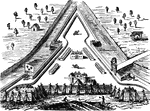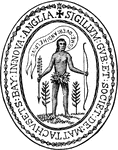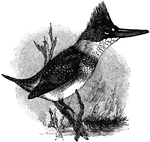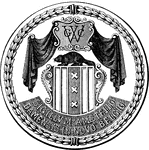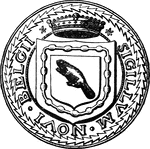
Dutch West India Flag
"Flag of the Dutch West India Company. When the rights of the company ceased, a new and more powerful…

Agave
"Century-plant. A large North American genus of plants, of the natural order Amaryllidaceæ, chiefly…

John Brown
In 1859, John Brown collected a small body of men, white and black, in the mountains of Maryland. He…

Alewife
"A North American fish, Clupea Vernalis, from 8 to 10 inches long, resembling a small shad, but much…

Pedro Menéndez de Avilés
Pedro Menéndez de Avilés, a Spanish soldier who landed at and named St. Augustine and attacked the…
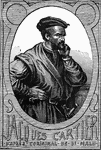
Jacques Cartier
Jacques Cartier, voyager of St. Malo, coasted along the north of Newfoundland in 1534 and passed through…

Sir Humphrey Gilbert
Sir Humphrey Gilbert (c. 1539 – 9 September 1583) of Devon in England was a half-brother of Sir Walter…

Araba
"A heavy, springless wagon, usually covered with a screen as shelter from the rays of the sun, drawn…
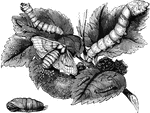
Silkworm Moth, Caterpillar, and Chrysalis
"This important insect is a native of the north of China; and a great portion of the supplies of silk…
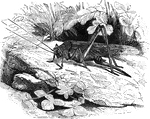
Carolina Grasshopper
"The Carolina Grasshopper, Gryllus Carolina, is a large species with brown wings, common in…

Beaver
"The Beaver is a quadruped of the order Rodentia, or gnawers, the only species of its genus. It is very…

Drone Bee
"Bee is the common name given to a large family of hymenopterous or membranous-winged insects, of which…
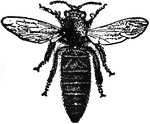
Queen Bee
"Bee is the common name given to a large family of hymenopterous or membranous-winged insects, of which…

Worker Bee
"Bee is the common name given to a large family of hymenopterous or membranous-winged insects, of which…

Royal Cells
"Bee is the common name given to a large family of hymenopterous or membranous-winged insects, of which…

Chicory
Chicory is a flowering plant with blue flowers, originally from the Old World but now seen growing wild…

Date Palm
"Date Palm is a genus of palms, the most important species of which is the common date palm, the palm…

Drumfish
"Drumfish, or Drum, and other species of the same genus, fishes found on the Atlantic coasts of North…
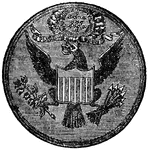
Eagle on Seal of United States
"The Eagle is a gold coin of the United States, value $10; half-eagle, $5; quarter-eagle, $2.50, double…
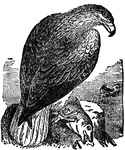
Erne
"The Erne is one of the 'bare-legged' eagles. The genus includes some seven species, represented apparently…

Grayling
"The Grayling is a genus of fresh-water fishes in the salmon family, distinguished from trout, etc.,…
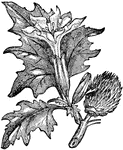
Thorn Apple
"Thorn Apple is a genus of plants. The common thorn apple is an annual plant, with smooth stem and leaves,…
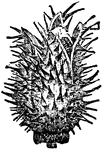
Thorn Apple Bud
"Thorn Apple is a genus of plants. The common thorn apple is an annual plant, with smooth stem and leaves,…
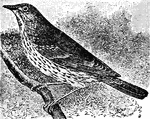
Song Thrush
"Thrush, in ornithology, is the name for any of the Turdidæ. They are universally distributed,…
Timothy Grass
"Timothy Grass is a hard coarse grass with cylindrical spikes from 2 to 6 inches long. It is used mixed…

Viper's Bugloss
"Viper's Bugloss is a genus of plants. The species are large herbaceous plants or shrubs, rough with…

Wapiti
"Wapiti is the name given by the North American Indians to an animal, a native of North America, ranging…
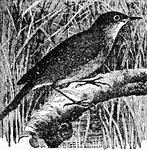
Reed Warbler
"Warbler is a popular name often applied to well-known singing birds of northern climes, whose notes…

Nest of Reed Warbler
"Warbler is a popular name often applied to well-known singing birds of northern climes, whose notes…
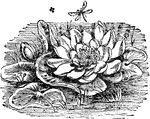
White Water Lily
"The Water Lily is an exogenous aquatic plant including eight genera, and all possessing submerged root…

Wormwood
"Wormwood is the genus Artemisia. The stem is one to three feet high, grooved, and angled; the leaves…
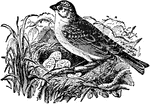
Yellowhammer
"The Yellow Hammer, or Yellow Bunting, is a bird widely distributed over North America and Europe. It…
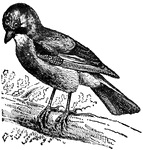
Jay
"Jay is the popular name of a species of birds belonging to the crow family, of a vinous red color;…
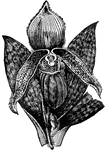
Lady's Slipper
"Lady's Slipper is a genus of plants. The genus is remarkable for the large inflated lip of the corolla.…

Lumpfish
"The Lump Fish, or Sucker, is named from the clumsiness of its form. The back is arched and sharp, the…

Skeleton of the Mammoth
"Mammoth is a species of extinct elephant, the fossil remains of which are found in European, Asiatic…

Megatherium
"Megatherium is a genus of extinct edentates, founded on a nearly complete skeleton discovered on the…
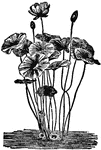
Nelumbium
"Nelumbium is the typical and only genus of the order Nelumbiaceæ. The species are remarkable…

Osprey
"The Osprey, the fish hawk, bald buzzard, or fishing eagle. A bird of prey, of almost world wide distribution…
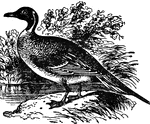
Pintail Duck
"The Pintail Duck has the upper parts and flanks ash, with narrow stripes of black; under parts white;…
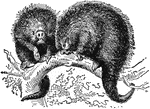
Prehensile Tailed Porcupine
"The Porcupine is a rodent quadruped. The North American porcupine is about two feet long, and of sluggish…

Hystrix Crystata Porcupine
"The Porcupine is a rodent quadruped. The North American porcupine is about two feet long, and of sluggish…
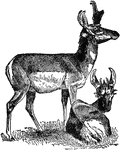
Prong-horn Antelope
"The Prong-horn Antelope inhabits the W. parts of North America, from 53 degrees N. to the plains of…
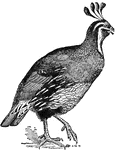
Lophortyx Californicus Quail
"The Quail is a small game bird; the Virginia species is common in North America, and so far south as…

Procyon Lotor Raccoon
"The Raccoon, or Racoon, is a handsome animal, about the size of a large cat, brown furry hair, tail…
American Locomotive
"Three locomotives were imported from England in 1829, and the first trial in America took place Aug.…

Early Locomotive
"Three locomotives were imported from England in 1829, and the first trial in America took place Aug.…

Hooded Seal
"The Seal, of the family Phocidæ, or seal tribe, are, of all four-limbed mammiferous animals,…
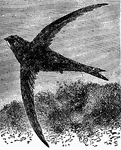
Common Swift
"The Swift, like swallows in many respects, their structure is almost entirely different, and some naturalists…

Thesium restored
"The Theseum is situated on a height to the north of the Areopagus, and was built to receive the bones…

Erechtheum restored
"The building of the new Erechtheum was not commenced till the Parthenon and Propylea were finished,…
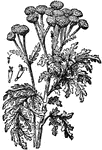
Tansy
"Tansy is a genus of Compositæ, numbering about 50 species of strong-scented herbs, often shrubby…

Poor Robin
The north wind doth blow, and we shall have snow, and what will poor Robin do then? Poor thing! He'll…

Lark Finch
A North American bird having a long graduated, party colored tail, and the head much striped.
